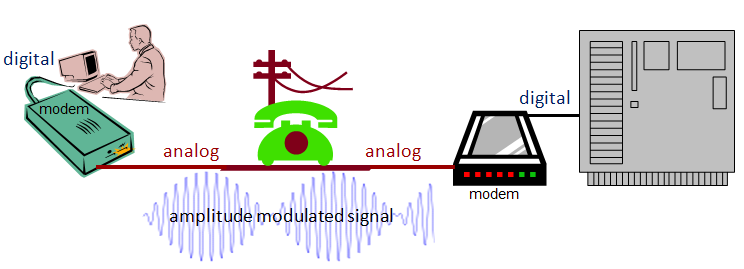
CODECs are mentioned in several places in the notes. You will also hear it called a "deck" in semi-tech jargon, as in, "You need a deck to digitize your video".
A codec is a device, or computer program, capable of encoding and/or decoding a digital data stream or signal. The name is a contraction (technically, a portmanteau) of COder–DECoder. A codec encodes a data stream or signal for transmission, storage or encryption, or decodes it for playback or editing. Codecs are used in video conferencing, streaming media and video editing applications. A video camera's analog-to-digital converter (ADC) converts its analog signals into digital signals, which are then passed through a video compressor for digital transmission or storage. A receiving device then runs the signal through a video decompressor, then a digital-to-analog converter (DAC) for analog display.
The term codec is also used as a generic name for a video conferencing unit.

An audio codec converts analog audio signals into digital signals for transmission or storage. A receiving device then converts the digital signals back to analog using an audio decompressor, for playback. An example of this are the codecs used in the sound cards of personal computers. A video codec accomplishes the same task for video signals.

A modem is a contraction of modulator/demodulator. It converts digital data from computers to analog for phone line transmission. On the receiving end, the analog is converted back to digital. Codecs do the opposite – convert audio analog to digital and then back. On the path between a pair of modems, the signal is analog. Between to codecs, it's digital. (Kind of a point-of-view thing.)
